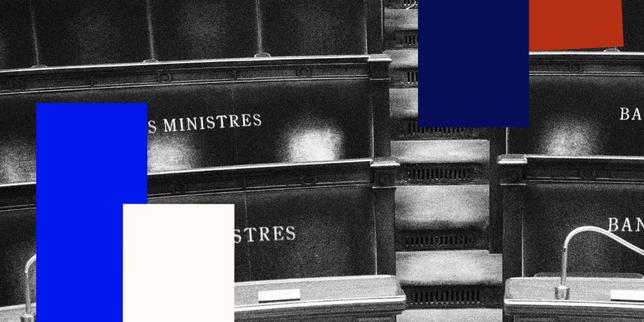Sébastien Lecornu Unveils His Second Government with 35 Ministers Amid Political Challenges
Prime Minister Sébastien Lecornu announced his second government with 35 ministers, blending continuity and new faces amid political fragility and challenges to maintain stability in Macron's administration.
- • Second Lecornu government announced with 35 ministers on October 12, 2025.
- • 12 ministers retained from the first government, ensuring cabinet continuity.
- • New appointees include civil society leaders and parliamentarians, with nine newcomers from National Assembly or European Parliament.
- • Catherine Vautrin appointed Minister of the Armed Forces amid political tensions.
- • Government faces challenges due to lack of parliamentary majority after 2024 dissolution; partisan balance remains dominated by Renaissance party.
Key details
On October 12, 2025, Prime Minister Sébastien Lecornu announced his second government, featuring 35 ministers and delegates, marking a blend of continuity and fresh faces following the collapse of his first cabinet just a week prior. This reshuffle retains 12 of the 18 ministers from Lecornu's initial government, including key figures such as Gérald Darmanin handling justice, Jean-Noël Barrot overseeing foreign affairs, and Rachida Dati responsible for culture. The appointment also reintroduces five ministers previously serving under other Macron administrations, such as Laurent Nuñez at the Interior Ministry and Benjamin Haddad in charge of Europe.
Half of the cabinet comprises new appointees, with three from civil society — including former SNCF CEO Jean-Pierre Farandou leading labor, ex-WWF president Monique Barbut managing ecological transition, and former Système U CEO Serge Papin at the helm of a consolidated ministry for SMEs, commerce, craftsmanship, and tourism. Nine new ministers hail from the National Assembly or European Parliament. Notably, several heavyweight politicians, such as Bruno Retailleau and Elisabeth Borne, were excluded to reduce partisan conflicts and ego clashes. Gérald Darmanin, the only minister with declared presidential ambitions who remains, has pledged to step back from party activities.
The partisan composition largely remains stable, with the Renaissance party holding 12 seats, followed by six from Les Républicains, four MoDem, three Horizons, and one UDI representative. Laurent Panifous, a former socialist who left his party in 2022 over its alliance with La France Insoumise, was added to manage parliamentary relations.
In a key appointment, Catherine Vautrin was named Minister of the Armed Forces, marking her first role at this level after previously overseeing labor, health, and solidarity since January 2024. Her role includes strengthening government budgetary commitments amid tensions that led to prior cabinet resignations. Vautrin has a political history as a former deputy and vice-president of the National Assembly and had supported Macron in 2022 advocating for a pact between the majority and the Republicans.
President Emmanuel Macron and Lecornu's team crafted this government amid a fragile political environment, notably lacking a parliamentary majority following the 2024 dissolution. The cabinet, echoing Macron's 2017 administration mix of seasoned officials and newcomers, was formed to preempt criticisms regarding political representation and to stabilize governance under challenging circumstances.
Ministerial responsibilities emphasize key priorities like ecological transition, economic sovereignty, and public services, highlighted by ministers such as Roland Lescure handling economy and finance, and Monique Barbut focused on environmental issues. The team balances political experience with new dynamics aimed at reducing partisan struggles and driving Macron's policy agenda forward.
This article was synthesized and translated from native language sources to provide English-speaking readers with local perspectives.
Latest news
Julie Zitouni Initiates Legal Action Over Miss France 2026 Cyberharassment and Defamation
Farmers Protest Mass Culling in Ariège Over Contagious Nodular Dermatitis Outbreak
Brandt Liquidation Ends Era of French Appliance Manufacturing, Over 700 Jobs Lost
France Leading Europe in Social Spending in 2023 Amid Sustainability Concerns
Senate Endorses €500 Bonus for Mayors in 2026 Budget Amid Rejections and Debate
French Parliament Approves 2026 Defense Budget Amid Political Divisions
The top news stories in France
Delivered straight to your inbox each morning.
